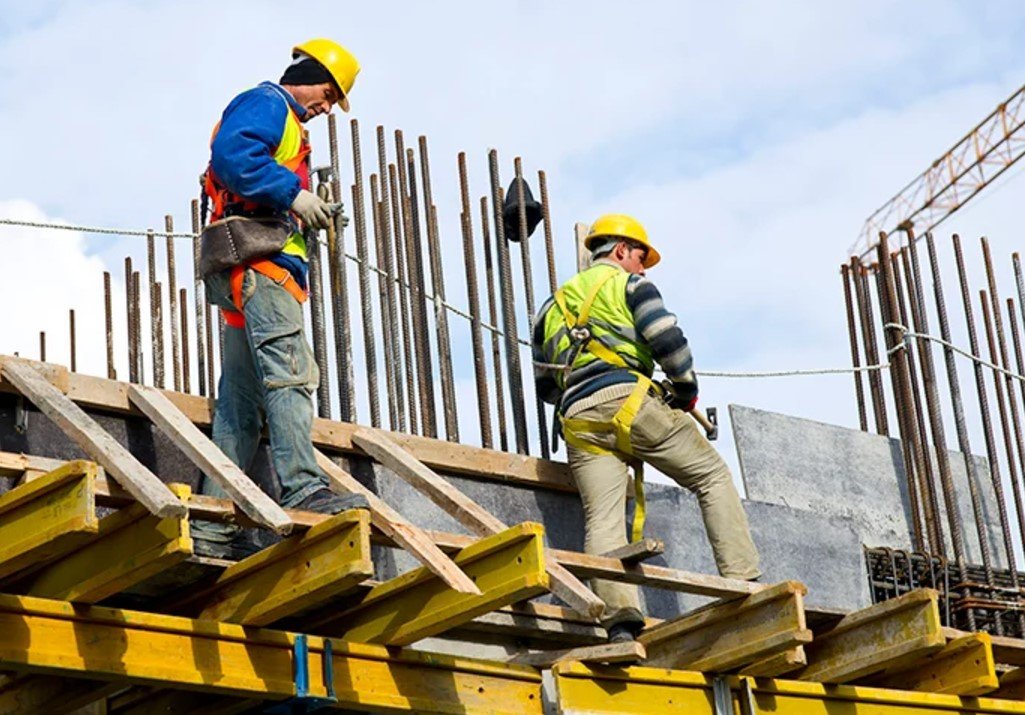Australia’s construction industry showcased notable strength in the third quarter of 2024, with a seasonally adjusted growth of 1.6%, reaching a total value of A$73.344 billion, according to the Australian Bureau of Statistics (ABS). This robust performance exceeded forecasts of a modest 0.4% increase and marked a significant uptick from the previous quarter’s 0.1% growth.
The sector’s yearly growth stood at an impressive 3.2%, highlighting the industry’s pivotal role in Australia’s economic landscape. This momentum underscores the resilience of the construction sector despite broader economic uncertainties and global challenges.
Residential Construction Leads the Charge
Residential construction played a crucial role in the quarter’s overall growth. The sector saw a 1.8% increase on a monthly basis, reaching A$23.373 billion. Year-over-year, residential construction held steady with a 0.1% rise, reflecting a balanced demand in the housing market.
“The steady growth in residential construction indicates a sustained confidence among homeowners and investors alike,” said Emily Turner, a senior analyst at BuildSmart Insights. “Despite rising interest rates, the demand for new homes remains robust, driven by population growth and urbanization.”
Several factors contributed to the surge in residential construction:
- Population Growth: Australia continues to attract a steady influx of migrants, increasing the demand for housing.
- Government Incentives: Subsidies and tax incentives for first-time homebuyers have spurred construction activity.
- Urban Expansion: Major cities like Sydney and Melbourne are expanding their suburban areas to accommodate growing populations.
However, challenges remain. Rising material costs and labor shortages pose potential risks to sustaining this growth trajectory.

Non-Residential Construction Faces Mixed Outcomes
In contrast to the residential sector, non-residential construction experienced a slight decline of 1.0% on a monthly basis, totaling A$15.265 billion. Despite this monthly dip, the sector demonstrated a healthy annual growth of 1.7%.
“Non-residential construction, which includes commercial buildings, infrastructure projects, and industrial facilities, has shown resilience despite short-term setbacks,” explained Robert Harris, an economist at MarketWatch Australia. “Long-term investments in infrastructure are expected to drive future growth.”
Infrastructure Projects Pave the Way for Future Growth
Infrastructure development remains a key focus for Australia’s economic strategy. Significant investments in transportation, healthcare facilities, and educational institutions are anticipated to bolster the non-residential sector in the coming quarters.
- Transportation: Expansion of public transit systems in metropolitan areas.
- Healthcare: Construction of new hospitals and medical centers to meet growing healthcare demands.
- Education: Development of new campuses and research facilities to support Australia’s educational institutions.
These projects are expected to create a ripple effect, stimulating further economic activity and job creation across various sectors.
Impact of Rising Material Costs on Construction
One of the major challenges facing the construction industry is the escalating cost of building materials. Since February 2020, prices for key materials have surged by an average of 38.8%, according to an analysis by the Associated Builders and Contractors (ABC).
| Material | Price Increase Since 2020 |
|---|---|
| Lumber | 50% |
| Steel | 40% |
| Concrete | 35% |
| Insulation | 30% |
These rising costs have squeezed profit margins for builders and are contributing to higher housing prices for consumers. The proposed tariffs on imported goods could further exacerbate this issue, making materials even more expensive and potentially slowing down construction activities.
“Builders are caught in a tough spot,” said Turner. “They need to balance rising costs with the need to keep housing affordable for buyers.”
Labor Shortages: A Growing Concern
Another pressing issue for the construction sector is the shortage of skilled labor. The industry relies heavily on a mix of local and immigrant workers, and any disruption in this supply chain can have significant repercussions.
“The labor market is tight, and finding skilled workers is becoming increasingly difficult,” noted Harris. “This could lead to delays in project completions and increased labor costs.”
To mitigate these challenges, some companies are investing in training programs and automation technologies to enhance productivity and reduce reliance on manual labor.
Future Outlook for Australia’s Construction Industry
Despite the hurdles, the outlook for Australia’s construction industry remains optimistic. The ongoing investments in infrastructure and residential projects are expected to sustain growth in the near term.
“While there are challenges, the fundamentals of the Australian construction market are strong,” concluded Harris. “With strategic planning and investment, the sector can continue to thrive and contribute significantly to the nation’s economy.”
As Australia navigates through economic fluctuations and global uncertainties, the construction industry stands as a testament to the country’s enduring growth and resilience.
















